At Vallabh Bailey Consulting, our passion for staying updated with innovative accessible designs transcends borders! We’ve recently come across an incredible article showcasing the essence of Universal Design on a global platform.
This piece reflects how the perfect blend of design, compliance, and empathy can elevate a space beyond mere accessibility requirements. These thoughtfully crafted, intelligent, and visually stunning designs enrich lives and contribute to an overall better user experience.
The takeaways from this article serve as an inspiration for us and the industry as a whole. Accessible design is not simply about meeting compliance or ticking off checkboxes; it’s about understanding and catering to the personal experiences of those who utilize these spaces. With empathy at the forefront, accessible design can facilitate smooth, enjoyable and functional experiences for everyone.
We encourage our network to read this eye-opening piece and continue learning about the potential accessible designs hold. Let’s come together to make our world more inclusive, one thoughtfully-designed space at a time!
The prestigious Chelsea Flower Show has been synonymous with stunning gardens and innovative designs since its inception in 1913. This year’s showstopper was an exquisite accessible garden that captured the hearts of its visitors and judges alike. The uplifting and beautiful concept was awarded this year’s top prize, signifying the importance of inclusivity in horticulture and design. In this blog, we’ll explore the inspiration behind the garden, its features, and the impact it is likely to have on the world of gardening.
The Inspiration Behind the Accessible Garden
The “Healing Garden” was thoughtfully designed by landscape architect Jane Hardstaff, who sought to challenge stereotypes surrounding disability and gardening. By creating this inclusive space, Hardstaff aimed to demonstrate that a stunning and functional garden can be enjoyed by everyone, regardless of their abilities. The garden was celebrated not only for its breathtaking design but also for its impactful message.
Key Features of the Winning Garden
The winning garden was praised for its accessible design, incorporating features that catered to a diverse range of visitors. These key features included:
– Raised Planters: Designed at varying heights, these raised planters ensured that everyone, be it wheelchair users, children, or the elderly, could access and appreciate the beauty of the plants.
– Wide Paths: The garden’s generously sized paths allowed visitors to easily navigate the space, accommodating wheelchairs and allowing for socializing comfortably.
– Sensory Elements: The winning garden prioritized sensory experiences, integrating a blend of visual, auditory, and tactile elements such as brightly colored plants, fragrant flowers, and the soothing sound of water features.
– Adapted Seating: Providing different styles of seating, including benches with armrests, catered to a wide range of visitors’ needs and offered points of rest and contemplation throughout the garden.
The Impact of the Winning Garden
Winning the top prize at the esteemed Chelsea Flower Show has cemented the concept of the accessible garden as an important trend in landscape design. Landscape architects and designers can now see the increased appeal and necessity of incorporating similar accessible features in future garden projects. This victory marks a turning point in the industry, emphasizing the importance of creating inclusive spaces and shining a light on the need for more accessible green spaces for public enjoyment.
The “Healing Garden” is not only a landmark achievement in accessible garden design, but an inspiring representation of the evolving world of horticulture. This showstopping garden underscores the importance of inclusivity in the industry and sparks conversation around how horticulture can and should be accessible to all. As we move forward, we can expect that accessible gardens will become a mainstay in landscape design – synonymous with innovation, beauty, and the celebration of the human spirit.

Recent blogs
Enhancing Communication: The Role of Hearing Augmentation
In the realm of accessibility and inclusivity within professional environments, ensuring effective communication is paramount. [...]
Read moreSep
Accessible, But Locked: How Councils Utilise MLAK Systems
Public toilets are essential infrastructure, especially for people with disabilities. Yet in many areas, access [...]
Read moreJul
The Importance of the Hidden Disability Sunflower
The Importance of the Hidden Disability Sunflower You may have recently noticed people wearing a [...]
Read moreJul
Review of Accessibility Provisions at Vivid Sydney 2025
Vivid Sydney has once again dazzled audiences, wrapping up another spectacular year of immersive light [...]
Read moreJun
The Good, the Bad, and the Ugly of Platform Lifts for Accessibility
The Good, the Bad, and the Ugly of Platform Lifts for Accessibility Accessibility is a [...]
Read moreMay
Insights into the Updated Disability (Access to Premises – Buildings) Amendment (2024 Measures No. 1) Standards 2024
Insights into the Updated Disability (Access to Premises – Buildings) Amendment (2024 Measures No. 1) [...]
Read moreMar